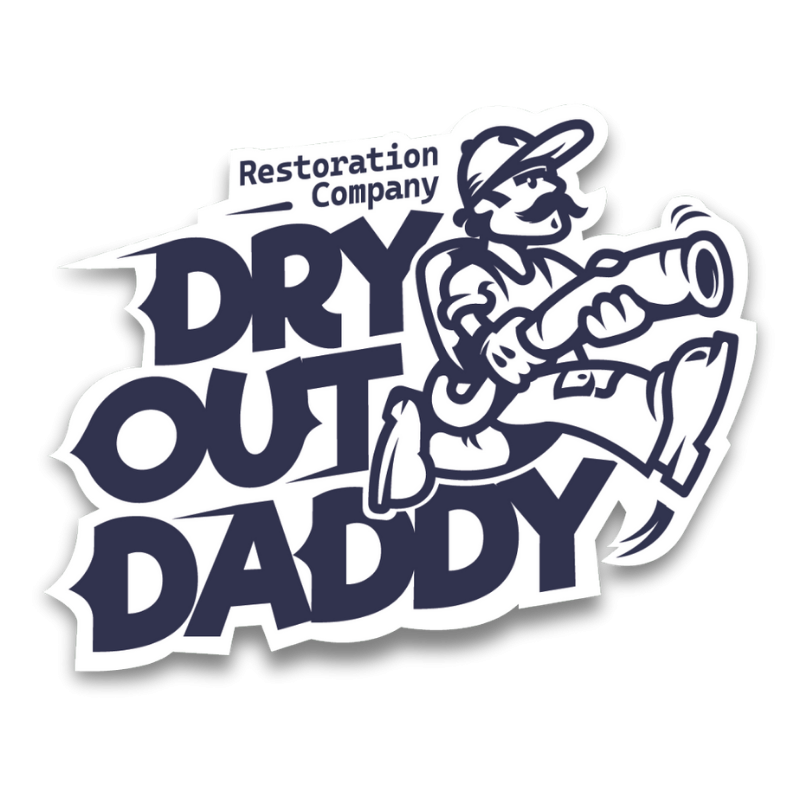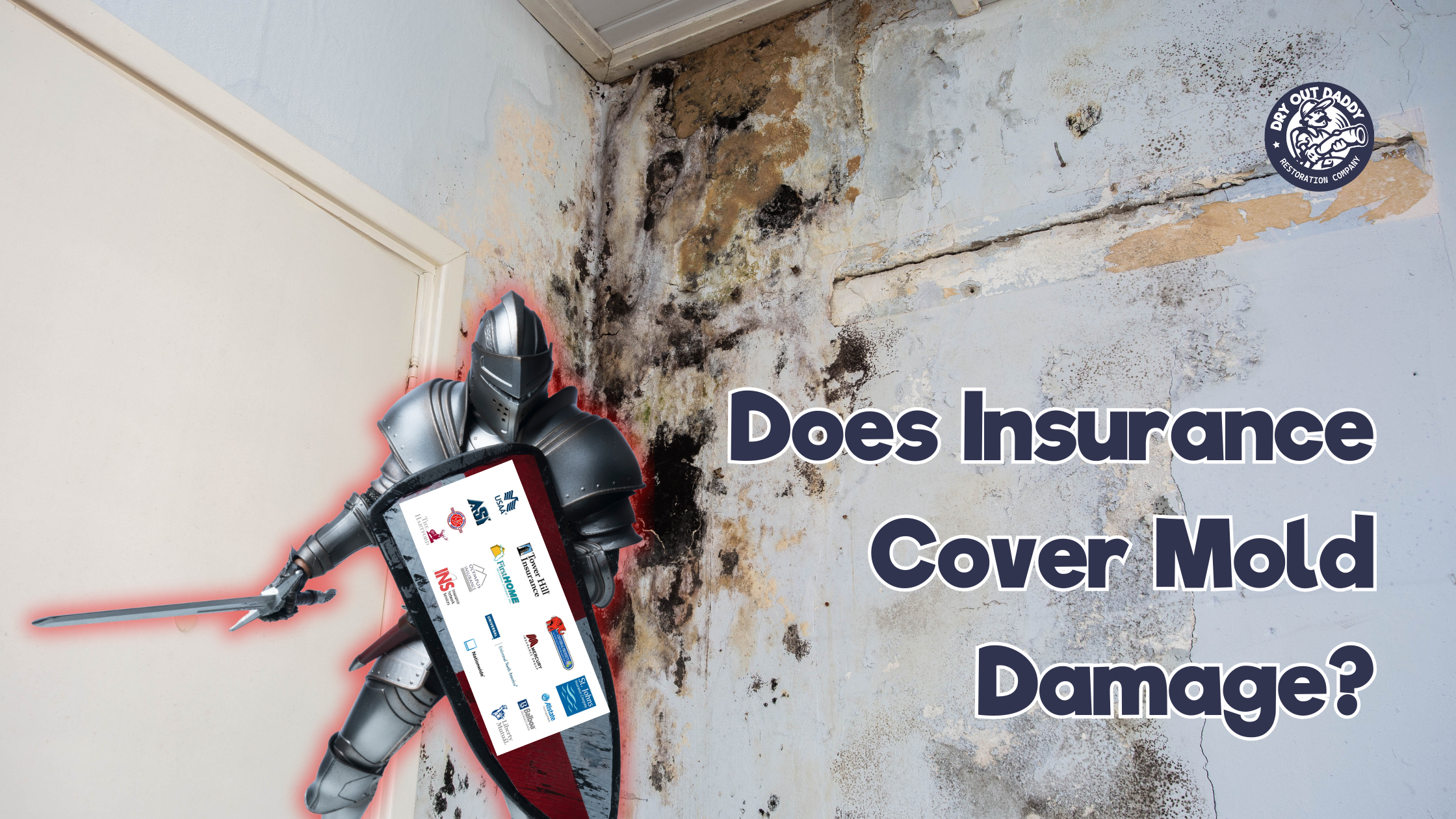If you have found mold damage in your home or commercial premises, one of the first things you’ll likely think about is the cost of restoration. This will lead you to think about whether your insurance company will cover the restoration costs or if you’ll have to shoulder them yourself. Whether mold damage will be covered or not depends on a few factors. Depending on the policy and circumstances, you often can claim on your insurance policy for mold damage. However, there’s usually a tight cap on when this may happen. Let’s take a deeper dive into what constitutes mold damage and when your insurance should pay out—and when it won’t.
Defining Mold Damage
If you’re a new property owner, you may not be 100% clear on what mold damage is. Sometimes it can present as water damage or a stain, leaving you in the dark about whether it’s a mold situation you’re dealing with.
What is Mold Damage?
To make matters clearer, mold damage is when moisture gets into an area—often due to a leak or flooding—and mold starts to grow on the affected materials. It could be carpeting, drywalling, wood, ceiling, other softer materials, or even paint. The growth of mold denatures the material it is growing on, making it unsightly and less strong. If the damage is significant, the material may need to be completely replaced. You may think that mold takes a long time to grow, but if the climate is humid and the wet area does not dry out quickly or sufficiently enough, it can develop in a day or two. At this early stage, you may be able to save the material the mold is growing on if the water damage that caused the mold to grow is not too severe.
How Serious is Mold Damage?
Sometimes mold damage is not something to be overly concerned over (though it should still be attended to timeously), and other times it’s a big deal. If the mold has gone unseen for a longer period of time, then there is likely to be more serious damage. This means restoration will also be more costly. Mold is not only a threat to the materials in your home, but it can also cause health issues. Some species of mold are more dangerous than others. Mold species can be allergenic, whereby they can exacerbate a person’s allergies; pathogenic, whereby exposure to mold triggers illnesses in people who have weakened immune systems; or toxigenic, which means they create dangerous toxins that can be lethal. The toxigenic species to watch out for in particular is Stachybotrys (Black mold). This mold can cause serious health complications if left in the home.
A Matter of Insurance
Now that you have a better understanding of mold and why it needs immediate attention, you’ll want to know how to work with your insurance to get it sorted out. Whether your insurance will pay out depends on your insurer, policy type, and how the mold damage occurred. It can be quite complicated. When it comes to your Home Insurance, an HO-3 policy is more likely to cover mold damage than an HO-1 or HO-2, as it is based on an open-perils basis. Some insurers may also have payout limits and amount allocations for mold damage or clean-up operations. Other than that, let’s look at the circumstances in which your insurance is most and least likely to pay out for mold damage restoration and what you can do to make a successful insurance claim.
When Insurance Will Cover Mold Damage
If your mold problem is the result of a genuine accident, such as storm flooding or a burst pipe or geyser, then there’s a high chance you’ll get financial assistance from your insurance company. Keep in mind that you will need to provide evidence such as photographs and videos of the event and its cause to prove that the mold damage is a result of an accident. For example, your geyser or boiler bursts unexpectedly one day and water floods an area of your home. It happens over a weekend, so you struggle to get hold of anyone to help. As the climate is humid, you quickly notice the start of mold damage. Your geyser is fortunately under warranty when the event happens. If you provide all the correct documentation and evidence to your insurer within the claims period, they will most likely assist you in paying for restoration.
When Insurance Won’t Cover Mold Damage
Unfortunately, if your mold issue is due to a lack of maintenance or negligence, it’s highly unlikely that you can get the restoration covered by your insurance. For instance, you have a leak in your roof and, over time, the water coming in from the rain has damaged the ceiling and some of your drywalling. Mold has also started to grow in some parts. You decide you finally need to fix the leak and the damage caused. Because the leak wasn’t repaired timeously and further, significant damage has occurred, your insurance is then less likely to pay out. Keep in mind that some companies may refuse to renew your insurance if you have claimed for mold, and reserve the right to do so.
How to Make a Successful Mold Damage Insurance Claim
As they say, the devil is in the details, and this is true of making a mold damage insurance claim. If you provide your insurer with the right evidential support and details, you’re more likely to make a successful claim. Keep records of conversations with your insurance company, photos of the damage, receipts for any repairs or remediation efforts, and any other relevant information. This documentation will serve as evidence throughout the claims process.
- Notify your insurance company about mold damage as soon as possible
It often helps to let your insurer know as soon as you notice mold damage. This lets them know that you will be submitting a claim. You can do this by making a phone call and then following up with an email so that everything is in writing.
- Have your policy details at hand
When you make a claim, the first thing your insurer will need is your membership number and personal details, such as your social security number, address, etc. Make sure this is included in your claim documentation. It’s also important to review your policy to make sure you understand what it does and does not cover. You should also check if mold damage is covered when you first sign up for your policy.
- Include any receipts of material costs
If you built the structure, it helps to include any receipts that prove the value of the materials that need to be replaced. This may not be required by all insurers and in all cases, however. When in doubt, ask your insurance consultant what to include.
- Show evidence of the damage
You will need to send evidence of the damage to your insurer to make a claim. Make sure you send photos and videos of all the damage you’re claiming for and, if possible, its cause. Ensure your photos and videos are extremely clear. You should also include samples from the affected area so these can be checked for mold. Your insurer may then also send an inspector around to assess the damage on behalf of the insurance company. You should also try to secure the affected area so that no further water damage occurs. Otherwise, if the damage is more than what your insurer approves, they are less likely to cover it.
- Get quotes from mold damage specialists
You typically need to include three quotations from restoration specialists, and your insurer will accept the most appropriate one. Do not go ahead and get any work done until your insurer has approved your claim. Emergency restoration services in most cases can begin right away, as the sooner you mitigate damages the less damage there is.
- Submit your documents and await the outcome
Once you have all the required documents and information, you can submit it via their required portals. Make sure you’re aware of any cut-off dates for filing a claim. Your insurer will let you know the outcome of your insurance claim. Pro tip: Depending on the policy, there can be quite strict rules when it comes to mold-related claims. Restorers advise that there is a way around this, however. The trick is to find water, as water helps mold grow. If a water source is found, like a leak or flooding from a burst pipe, then you can claim for water damage directly instead of citing mold damage. Insurance policies often don’t have as strict rules around water damage as they do for mold damage. Remember that sometimes you’ll get a claim rejection as a result of not submitting the right information. So, don’t panic—you can resubmit your claim with the correct details. Registered mold damage restoration specialists like Dry Out Daddy can also help you to make your insurance claim if you are unsure of what to include.
Closing Thoughts
Having to sort out mold damage is not anyone’s idea of a fun time, and it can be more stressful if you’re unsure whether your Home Insurance policy will cover the repair costs. Dry Out Daddy can help advise you on what you need to do, and we can carry out the work for you. We understand how to document mold damage for insurance purposes to help you make a successful claim. Get in touch with us today at (813) 922-1484 or fill out our online form for a free quotation.

